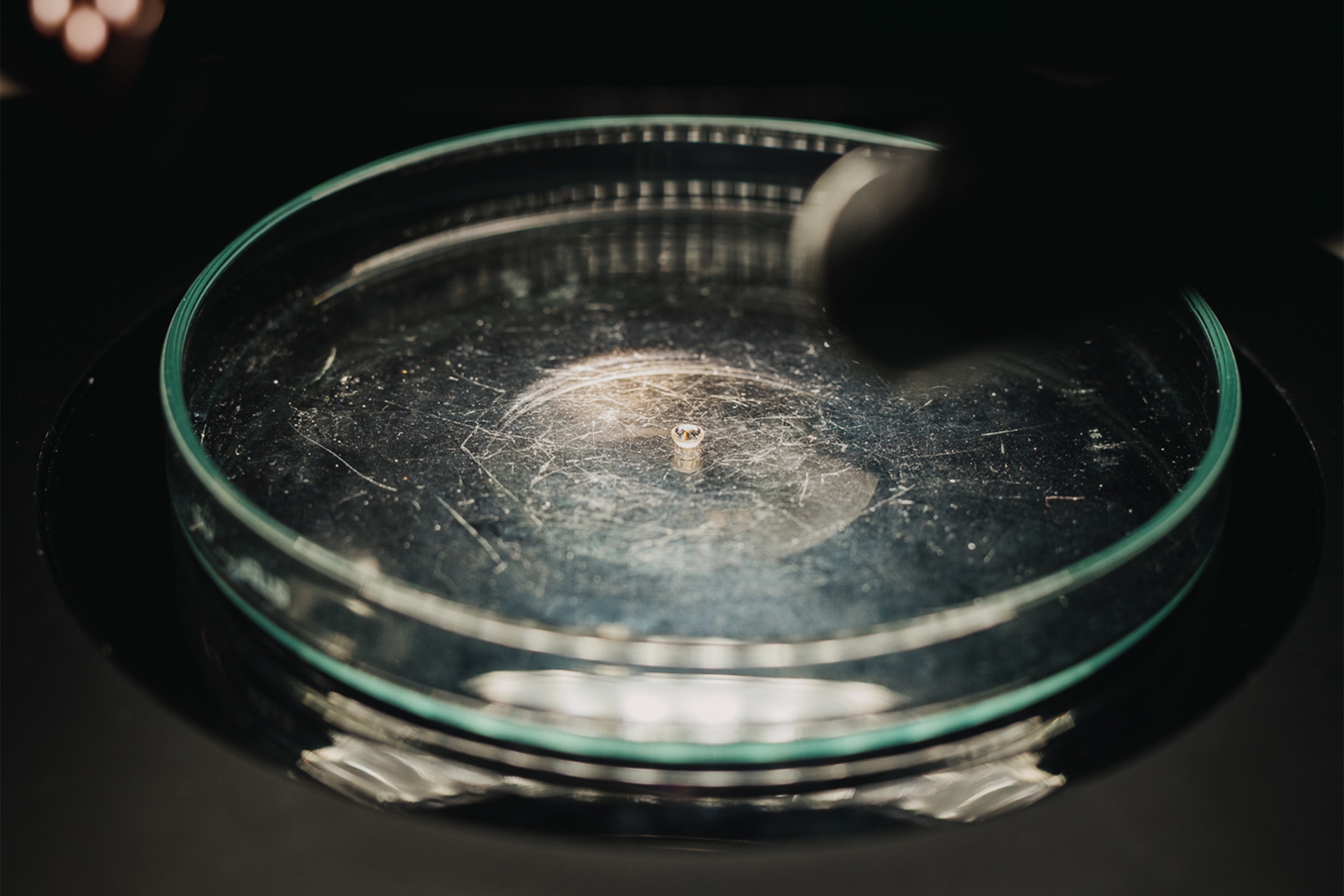
The Scientist’s Diamonds – Or How Do We Know What’s inside the Earth?
… and Sophie needs more help! Last week we’ve learned that our Fellow Leyre was able to explain how the use of sunlight within photocatalyst processes may help reduce global warming. The ‘Ask Sophie’ team receives lots of exciting questions on science topics every day. Now a new question came up and another WiRe Fellow was able to help answer it: in this week’s post, we share Carla’s insight regarding the question: How do we know what’s inside the earth?
Sophie with her Owl from the “Frag Sophie” project came up with a question about the mysterious interior of our planet
Have a look at Carla’s answer:
The Earth is composed of four main layers: the crust, the mantle, the outer and the inner core. We are not able to directly access these layers, except for the outer one, the crust, which is the layer we are living on.

The deepest artificial point ever drilled into the Earth’s crust measures only 12 km (like crossing Münster, from Gievenbeck to Gremmendorf). To reach the center of the Earth we would have to drill for 6371 km, more or less the distance between Münster and Washington DC.
So how can we know about the inner layers of the Earth, since we can’t go actually there to check?
The waves generated during major earthquakes can help us. These waves, called seismic waves, can travel inside our planet and can gave us some valuable information about the composition of the inner layers of the Earth.
We have two main types of seismic waves: primary and secondary. The primary waves can travel in both solids and liquids, while secondary waves cannot travel into liquid media. So, for instance, if we have an earthquake in Indonesia, we can detect the seismic waves in Münster with a high sensitivity seismometer. We will observe the arrival of primary waves but not the secondary waves. Why? Because during the travel of secondary waves inside our planet, they “bumped” into a liquid layer and consequently stop their journey to our seismometer. The liquid layer they encounter is called the outer core, and is the reason why we cannot see secondary waves coming from the opposite side of the planet.
Seismic waves can also be bended and change their velocity when they travel from one material to another. By studying the variations in the velocity of primary waves, a woman, Inge Lehmann, discovered the presence of the Earth’s inner solid core, right at the center of our planet.
Scientists developed also other methods to investigate the interior of the Earth, like performing experiments to study the chemical composition of the different layers. In fact, we can simulate the conditions of pressure and temperature present at depth by employing solid-media presses, called piston cylinders. These apparatus allow us to simulate conditions up to 100 km in depth. We can study for instance how a rock behaves at certain conditions, which minerals are stable or what happen to some species, such as H2O or CO2, when they are present in the deep portions of our planet.
To reach even higher pressures scientists developed another interesting apparatus called diamond-anvil cell. Diamonds are in fact the hardest natural material and by compressing a sample between two diamonds we can reach extreme pressure, up to inner core conditions, to study the composition of what Inge Lehmann predicted in her studies of seismic waves.
Follow Sophie on her search for answers to more exciting scientific questions here.

